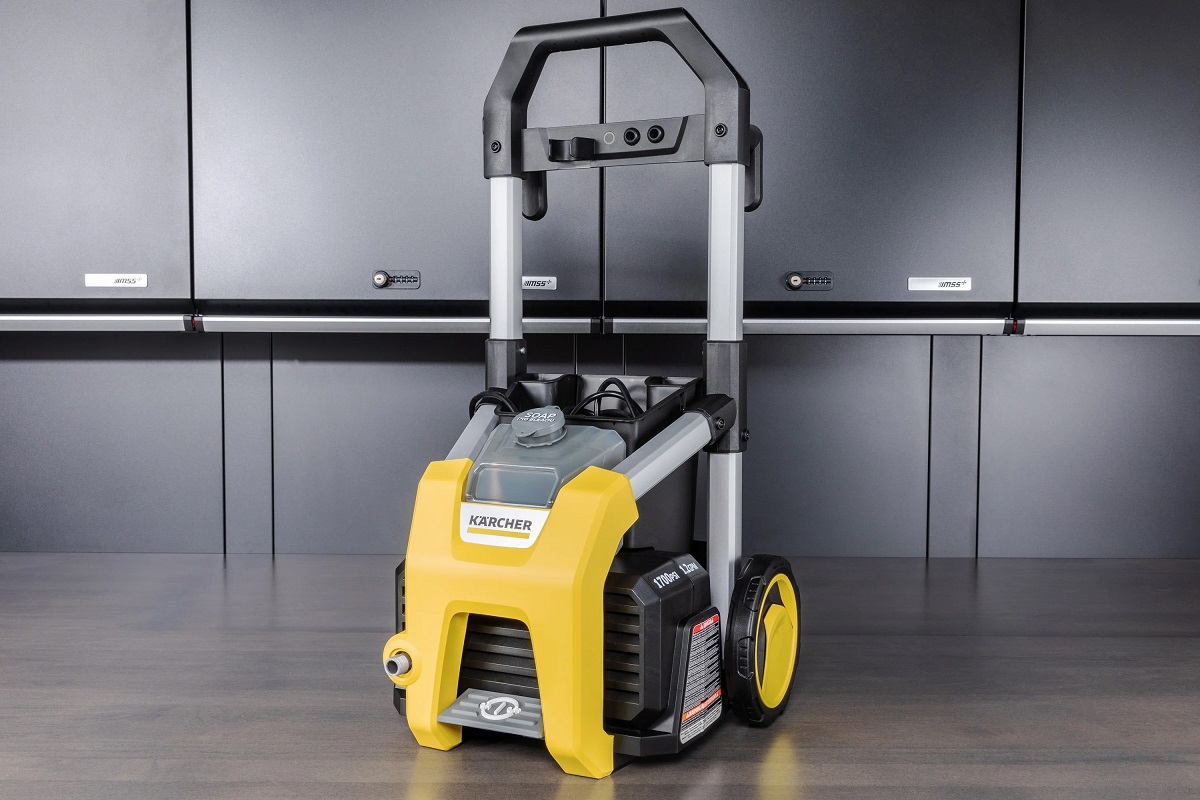

Articles
How To Use Karcher Pressure Washer
Modified: May 6, 2024
Learn how to effectively use a Karcher pressure washer with our informative articles. Get expert tips and advice for getting the best results.
(Many of the links in this article redirect to a specific reviewed product. Your purchase of these products through affiliate links helps to generate commission for Storables.com, at no extra cost. Learn more)
Introduction
Welcome to the world of Karcher pressure washers! If you’re looking for a powerful and effective way to clean your outdoor spaces, vehicles, or even your home, a Karcher pressure washer is a fantastic tool to have in your arsenal. Whether you’re a seasoned pro or a beginner, this article will guide you on how to use a Karcher pressure washer effectively and safely.
Pressure washers are a popular choice when it comes to deep cleaning various surfaces. With their high-pressure water jets, they can easily remove dirt, grime, mold, mildew, and even stubborn stains. Karcher is known for producing high-quality pressure washers that are reliable, user-friendly, and built to last. By understanding the different components of a Karcher pressure washer and following proper usage techniques, you’ll be able to achieve outstanding cleaning results.
However, it’s important to note that operating a pressure washer requires a certain level of caution. The high-pressure water stream can cause injury if not used correctly. Safety precautions should always be followed to protect yourself, others, and the surfaces you’re cleaning. Let’s dive into the safety measures you need to adhere to when using a Karcher pressure washer.
Key Takeaways:
- Master the art of safe and effective Karcher pressure washer use by following safety precautions, understanding key components, and learning proper operation and maintenance techniques.
- From driveways to decks, unleash the cleaning power of your Karcher pressure washer on various surfaces with the right nozzles, pressure adjustments, and cleaning techniques.
Safety Precautions
Before operating a Karcher pressure washer, it’s crucial to prioritize safety. By following these safety precautions, you’ll minimize the risk of accidents and ensure a safe cleaning experience:
- Read the user manual: Familiarize yourself with the instructions provided by Karcher in the user manual. Understand the safety guidelines, recommended operating procedures, and maintenance practices.
- Protective gear: Wear appropriate safety gear, such as safety goggles or glasses, gloves, and closed-toe shoes, to protect your eyes, hands, and feet from potential hazards.
- Inspect the pressure washer: Before each use, inspect the pressure washer for any damage or leaks. Check the hoses, nozzles, and connections to ensure they are in good condition.
- Secure footing: Ensure that you have a stable and secure footing while using the pressure washer. Avoid slippery surfaces and always maintain your balance to prevent falls.
- Keep a safe distance: When operating the pressure washer, maintain a safe distance from people, animals, and delicate objects. The high-pressure water stream can cause injury or damage.
- Don’t point at yourself or others: Never aim the pressure washer nozzle at yourself, others, or pets. The powerful stream can cause serious injuries.
- Check for electrical hazards: If you’re using an electric-powered pressure washer, make sure the power cord and extension cords are in good condition. Avoid using damaged cords and be cautious of any electrical hazards.
- Use the right nozzle: Selecting the appropriate nozzle for your cleaning task is crucial. Different nozzles produce different spray patterns and pressures. Choose the nozzle that best suits your cleaning needs.
- Follow proper start-up and shutdown procedures: Always follow the recommended start-up and shutdown procedures outlined in the user manual. This will help prevent accidents and ensure the longevity of your pressure washer.
- Store the pressure washer safely: When not in use, store the pressure washer in a clean and dry area, away from children and pets. Proper storage prevents accidents and extends the lifespan of your equipment.
By adhering to these safety precautions, you can confidently operate your Karcher pressure washer without compromising your well-being or the safety of others.
Understanding the Karcher Pressure Washer
Before delving into how to use a Karcher pressure washer, it’s essential to have a basic understanding of its key components. Familiarizing yourself with the different parts of the pressure washer will make the setup and operation process much easier.
1. Motor: The motor is the heart of the pressure washer, providing the power needed to pump water at high pressure. Karcher pressure washers feature electric or gas-powered motors, each with its own advantages.
2. Pump: The pump is responsible for pressurizing the water. It draws water from the source, such as a garden hose, and increases its pressure through an internal mechanism. A high-quality pump ensures consistent performance and durability.
3. Water Inlet: The water inlet is where you connect the garden hose to supply water to the pressure washer. Make sure the hose is securely attached to prevent leaks during operation.
4. High-Pressure Hose: The high-pressure hose carries the pressurized water from the pump to the spray gun. It’s typically made of durable materials like reinforced rubber or braided stainless steel to withstand the high water pressure.
5. Spray Gun: The spray gun is your control center. It features a trigger that you squeeze to release the pressurized water. The gun is connected to the pump by the high-pressure hose and allows you to direct the water spray at the desired surface.
6. Nozzles: Karcher pressure washers come with various interchangeable nozzles that determine the spray pattern and pressure. Different nozzle types include a 0-degree pinpoint nozzle for stubborn stains, a 15-degree fan nozzle for general cleaning, a 25-degree fan nozzle for gentle cleaning, and a 40-degree fan nozzle for even more delicate surfaces.
7. Detergent Tank (optional): Some Karcher pressure washers have built-in detergent tanks for easy application of cleaning solutions. You can add detergent to the tank and select the appropriate setting to mix it with the water during operation.
Understanding these components will allow you to set up and operate the Karcher pressure washer more effectively. In the next section, we will guide you through the process of setting up your pressure washer for optimal performance.
Setting Up the Pressure Washer
Proper setup is crucial for the smooth operation of your Karcher pressure washer. Follow these steps to ensure a seamless setup process:
- Choose a suitable location: Select a well-ventilated area that provides ample space for maneuvering the pressure washer. Ensure that the location is away from electrical hazards and flammable substances.
- Inspect the pressure washer: Before starting, check the pressure washer for any visible damage or loose parts. Look for leaks, cracks, or signs of wear and tear. If any issues are detected, troubleshoot or consult a professional for repairs.
- Connect the high-pressure hose: Attach one end of the high-pressure hose to the water outlet on the pressure washer, and the other end to the spray gun. Ensure both connections are tight to avoid leaks during operation.
- Connect the water supply: Connect a garden hose to the water inlet of the pressure washer. Ensure it is securely attached to prevent water leakage. Turn on the water supply and let it run for a few seconds to remove any trapped air in the hoses.
- Check the oil level (gas-powered pressure washers): If you’re using a gas-powered pressure washer, check the oil level in the engine. Follow the instructions in the user manual to ensure the oil level is adequate for operation.
- Plug in the power cord (electric-powered pressure washers): If you have an electric-powered pressure washer, plug in the power cord to a grounded electrical outlet. Ensure that the cord is in good condition and that there are no exposed wires.
- Prepare the spray gun and nozzle: Choose the appropriate nozzle for your cleaning task and attach it to the spray gun. Twist it clockwise until it’s securely fastened. If your pressure washer has a detergent tank, make sure it’s filled with the desired cleaning solution.
- Double-check all connections: Before starting the pressure washer, ensure that all connections are secure and tight. Check the water hose, high-pressure hose, and spray gun to avoid any potential leaks during operation.
With the pressure washer properly set up, you’re now ready to start cleaning a variety of surfaces. In the next section, we will guide you on how to connect the water supply to your pressure washer.
Connecting the Water Supply
Connecting the water supply to your Karcher pressure washer is a straightforward process. Follow these steps to ensure a secure connection:
- Select the right water source: Choose a water source that can provide an adequate flow rate to meet the requirements of your pressure washer. It is recommended to use a standard garden hose with a minimum diameter of 3/4 inch for optimal water supply.
- Inspect the water inlet: Check the water inlet connector on your pressure washer for any debris, dirt, or obstructions. Remove any blockages to ensure a clean and smooth water flow into the pressure washer.
- Attach the garden hose: Screw one end of the garden hose tightly onto the water inlet connector of the pressure washer. Ensure that it is securely fastened to prevent any water leakage during operation.
- Turn on the water supply: Before starting the pressure washer, turn on the water supply at the source. This will allow water to flow into the pressure washer and be pressurized for cleaning.
- Purge the system: Before operating the pressure washer, it’s important to purge the system of any air pockets or trapped air. To do this, briefly squeeze the trigger on the spray gun until a steady stream of water comes out. This will ensure proper functioning of the pressure washer.
It’s important to note that a steady and uninterrupted water flow is crucial for the optimal performance of your pressure washer. Ensure that the water supply is adequately pressurized and free from any blockages or restrictions.
With the water supply connected, you’re now ready to attach and adjust the nozzle for your cleaning needs. In the next section, we will guide you on how to do just that.
Read also: 13 Superior Karcher Pressure Washer For 2024
Attaching and Adjusting the Nozzle
The nozzle of your Karcher pressure washer plays a crucial role in determining the spray pattern and pressure. Follow these steps to attach and adjust the nozzle for optimal cleaning:
- Select the appropriate nozzle: Depending on the cleaning task, choose the nozzle that best suits your needs. Karcher pressure washers often come with a variety of nozzles, including 0-degree pinpoint, 15-degree fan, 25-degree fan, and 40-degree fan nozzles.
- Turn off the pressure washer: Before attaching or adjusting the nozzle, ensure that the pressure washer is turned off and the trigger on the spray gun is released.
- Twist and attach the nozzle: Twist the chosen nozzle clockwise onto the end of the spray gun. Make sure it is securely fastened to prevent any leakage during operation.
- Adjust the spray pattern: Some nozzles have adjustable spray patterns, allowing you to change the width of the spray. If your chosen nozzle has an adjustable feature, rotate the nozzle to adjust the spray pattern to suit the surface you’re cleaning. Refer to the user manual for specific instructions on adjusting the nozzle.
- Test the spray: With the nozzle attached and adjusted, you’re now ready to test the spray. Point the spray gun away from yourself and others, and squeeze the trigger to release the water. Ensure that the spray is coming out smoothly and the desired spray pattern is achieved.
It’s important to use the appropriate nozzle for each cleaning task. The 0-degree pinpoint nozzle is ideal for removing stubborn stains or dirt, while the wider fan nozzles are more suitable for general cleaning or larger surface areas. Adapting the nozzle to the specific cleaning requirements can help enhance the cleaning efficiency and achieve better results.
Now that you have the nozzle attached and adjusted, it’s time to move on to the next section and learn how to operate the pressure washer effectively.
When using a Karcher pressure washer, start by connecting the water supply and turning on the machine. Hold the spray gun firmly and point it away from yourself and others before squeezing the trigger to start cleaning. Always follow the manufacturer’s instructions for best results and safety.
Operating the Pressure Washer
Operating a Karcher pressure washer is a straightforward process that requires attention to a few key steps. Follow these guidelines to ensure a smooth and effective cleaning experience:
- Position yourself correctly: Stand in a stable and balanced position, ensuring you have a firm grip on the spray gun. Keep a safe distance from the surface you’re cleaning, and avoid overreaching to maintain proper control.
- Turn on the pressure washer: Turn on the pressure washer following the recommended start-up procedures provided in the user manual. Gas-powered models usually require you to pull the starter cord, while electric-powered models can be activated by simply pressing the power button.
- Start spraying: Squeeze the trigger on the spray gun to initiate the water flow. Begin by aiming the spray away from the surface you’re cleaning to prevent accidental damage. Gradually move the spray towards the target area.
- Maintain a consistent distance: Keep the nozzle at a consistent distance from the surface you’re cleaning. This distance varies depending on the pressure washer model and the surface being cleaned. Refer to the user manual for specific recommendations.
- Use a sweeping motion: Move the spray gun in a sweeping motion across the surface, overlapping each pass slightly. This ensures even cleaning and prevents streaks or lines from forming.
- Adjust the spray pressure: Some pressure washers allow you to adjust the spray pressure by rotating the nozzle or using a pressure adjustment dial. Modify the pressure as needed, based on the surface sensitivity and the level of dirt or grime you’re dealing with.
- Work in sections: Divide the cleaning area into manageable sections and concentrate on one section at a time. This approach ensures thorough cleaning and prevents the detergent or water from drying before it can be rinsed off.
- Clean hard-to-reach areas: For inaccessible or high areas, consider using an extension wand to reach those spots without compromising your safety or the stability of your position.
- Apply detergent (if applicable): If your pressure washer has a detergent tank, apply the appropriate cleaning solution to the surface. Follow the manufacturer’s instructions for the correct detergent-to-water ratio and adjust the nozzle setting accordingly to accommodate the detergent application.
- Rinse thoroughly: After applying detergent (if applicable) or completing the cleaning process, rinse the surface thoroughly by using clean water. Remove any remaining detergent or debris to avoid residue buildup.
It’s important to remember that the pressure washer’s high-pressure water stream can cause damage to certain surfaces, such as wood or delicate paint finishes. Always exercise caution and adjust the pressure and nozzle type accordingly to prevent any unwanted damage.
Now that you have a good understanding of how to operate a Karcher pressure washer, let’s move on to the next section and explore the different surfaces you can clean with this versatile tool.
Cleaning Different Surfaces
A Karcher pressure washer is a versatile tool that can effectively clean a wide range of surfaces. Here’s a guide to help you clean different surfaces with your pressure washer:
- Driveways and Pathways: Pressure washing is an excellent way to remove dirt, oil stains, and grime from driveways and pathways. Use a 15-degree or 25-degree fan nozzle to cover larger areas efficiently.
- Decks and Patios: Pressure washing can restore the beauty of your wooden deck or patio by removing moss, mold, and accumulated dirt. Use a wide-angle nozzle between 25 to 40 degrees to avoid damaging the wood grain.
- Siding and Brick Walls: Pressure washing can revive the appearance of your home’s exterior by removing dirt, algae, and mildew. Use a 25-degree fan nozzle to clean the surface evenly and avoid water penetration.
- Cars and Vehicles: Pressure washing is a quick and effective way to clean vehicles, removing dirt, grime, and road salt. Use a 40-degree fan nozzle or a foam cannon attachment for gentle yet thorough cleaning.
- Garden Furniture: To revitalize your garden furniture, use a 25-degree fan nozzle or a lower-pressure setting to avoid damaging materials like plastic or delicate finishes on metal or wood surfaces.
- Fences and Gates: Pressure washers can restore the appearance of fences and gates by removing dirt, mold, and mildew. Use a 25-degree fan nozzle for even cleaning without causing damage.
- Concrete and Masonry: Pressure washing can help clean concrete surfaces, such as walls or floors. Use a 15-degree fan nozzle to remove tough stains or a 25-degree nozzle for general cleaning.
- Gutters and Downspouts: Pressure washer attachments like gutter wands or telescoping wands can be used to clean gutters and downspouts effectively. Follow safety precautions and use lower pressure settings to prevent damage.
Remember to always adjust the pressure, nozzle type, and distance from the surface based on the sensitivity and condition of the material you’re cleaning. Test a small inconspicuous area first, especially for delicate surfaces, to ensure the pressure washer doesn’t cause any damage.
With these tips in mind, you can confidently clean various surfaces with your Karcher pressure washer. In the next section, we will discuss proper maintenance and storage practices to prolong the lifespan of your equipment.
Maintaining and Storing the Pressure Washer
Proper maintenance and storage of your Karcher pressure washer are essential to ensure its longevity and reliable performance. Follow these guidelines to keep your pressure washer in top condition:
- Clean the pressure washer: After each use, clean the exterior of the pressure washer and remove any dirt or debris. Wipe down the spray gun, nozzle, and hose to prevent clogging or damage from accumulated dirt.
- Inspect for damage: Regularly inspect all parts of the pressure washer for any signs of wear, damage, or leaks. Check the hoses, connections, and nozzles to ensure they are in good condition. Replace any damaged or worn components promptly.
- Flush the system: To prevent clogs or mineral buildup, flush the pressure washer system with clean water after each use. This helps remove any remaining detergent or debris and ensures smooth operation for the next cleaning session.
- Perform routine maintenance: Follow the manufacturer’s recommendations for routine maintenance, including engine oil changes (for gas-powered models) and filter replacements. Regular maintenance helps prolong the life of your pressure washer and ensures optimal performance.
- Store in a clean, dry space: When not in use, store your pressure washer in a clean and dry area. Avoid exposure to extreme temperatures or sunlight, as this can damage the components. Ideally, store it in a covered space to protect it from dust, dirt, and moisture.
- Winterize (if needed): If you live in an area with freezing temperatures, it’s crucial to winterize your pressure washer. Follow the instructions provided in the user manual to remove any remaining water from the pump and hoses to prevent freezing and damage during the winter months.
- Follow safety guidelines: Always adhere to the safety guidelines outlined in the user manual. Avoid operating the pressure washer in a closed or confined space and never leave it unattended while in use.
By following these maintenance practices and storing your pressure washer properly, you’ll ensure its longevity and reliable performance for years to come. Regular maintenance not only extends the lifespan of your equipment but also helps maintain its efficiency and cleaning power.
In the next section, we will discuss common issues that you may encounter when using a pressure washer and how to troubleshoot them.
Troubleshooting Common Issues
While Karcher pressure washers are known for their reliability, you may encounter some common issues during use. Here are potential problems you might face and how to troubleshoot them:
- Low pressure: If your pressure washer is not producing sufficient pressure, check for clogs in the nozzle or hose. Clear any obstructions and ensure proper water flow. Additionally, check if the nozzle is set to the correct spray pattern and adjust if necessary.
- Leaks: If you notice leaks from your pressure washer, check the connections between the hoses, nozzles, and spray gun. Ensure they are tightly secured and replace any damaged or worn-out O-rings or gaskets.
- Intermittent pressure: If you experience inconsistent pressure during use, check for clogs in the nozzle or high-pressure hose. Clear any blockages and ensure smooth water flow. Also, verify that the water supply is sufficient and that the hoses are not kinked or damaged.
- Engine problems (gas-powered models): If your gas-powered pressure washer has issues starting or running smoothly, check the fuel level, spark plug, and air filter. Replace or clean any components that are worn or clogged. Refer to the user manual for specific troubleshooting steps.
- Excessive vibration: If your pressure washer vibrates excessively during operation, check if it is on a stable and level surface. Ensure that all components are properly tightened and adjust the pressure if needed. Excessive vibration can indicate an unbalanced load or loose parts.
- Lack of detergent suction: If your pressure washer has a detergent tank but is not drawing detergent, check if the detergent hose is connected properly and not clogged. Ensure the detergent valve is open, and the spray nozzle is set to the appropriate setting for applying detergent.
- Pump not priming: If the pump is not priming or you’re experiencing a loss of water flow, check for air leaks in the intake hose or fittings. Tighten any connections and ensure the hose is not damaged or blocked. You may need to prime the pump according to the user manual’s instructions.
If you encounter persistent issues with your Karcher pressure washer that you cannot resolve, it is recommended to consult the user manual or contact Karcher customer support for further assistance. Proper troubleshooting can help address common problems and ensure the optimal performance of your pressure washer.
Now that you are equipped with troubleshooting skills, you can confidently use your pressure washer without being hindered by common issues. Let’s conclude this article with some final thoughts.
Conclusion
Using a Karcher pressure washer can transform your cleaning routine, making it more efficient, effective, and convenient. By understanding the various components of your pressure washer, following safety precautions, and utilizing proper techniques, you can achieve outstanding cleaning results on a wide range of surfaces.
Throughout this article, we explored the essential steps for using a Karcher pressure washer, from setting it up and connecting the water supply to operating it safely and cleaning different surfaces. We also discussed the importance of maintenance, storage, and troubleshooting common issues that may arise.
Remember to prioritize safety by wearing protective gear, following operating instructions, and being mindful of your surroundings. Always choose the appropriate nozzle and adjust the pressure according to the surface you’re cleaning. Regular maintenance and proper storage will prolong the life of your pressure washer and help maintain its performance.
Whether you’re tackling your driveway, patio, car, or any other outdoor cleaning task, a Karcher pressure washer is a valuable tool that can make the job easier and more efficient. With the knowledge gained from this article, you’re now equipped with the skills to confidently use your Karcher pressure washer to achieve exceptional cleaning results.
So, gear up, connect your pressure washer, adjust the nozzle, and unleash the power of high-pressure water to restore the cleanliness and beauty of your outdoor spaces. Happy cleaning!
Now that you're equipped with the basics of operating a Karcher pressure washer, why stop there? Dive into our detailed guide on how to clean siding with a pressure washer to keep your home's exterior sparkling all year round. For those curious about broader home upkeep, don't miss our comprehensive insights on effective home maintenance strategies that ensure your living space remains in top condition. Both pieces are packed with practical advice to help you master the art of home care.
Frequently Asked Questions about How To Use Karcher Pressure Washer
Was this page helpful?
At Storables.com, we guarantee accurate and reliable information. Our content, validated by Expert Board Contributors, is crafted following stringent Editorial Policies. We're committed to providing you with well-researched, expert-backed insights for all your informational needs.
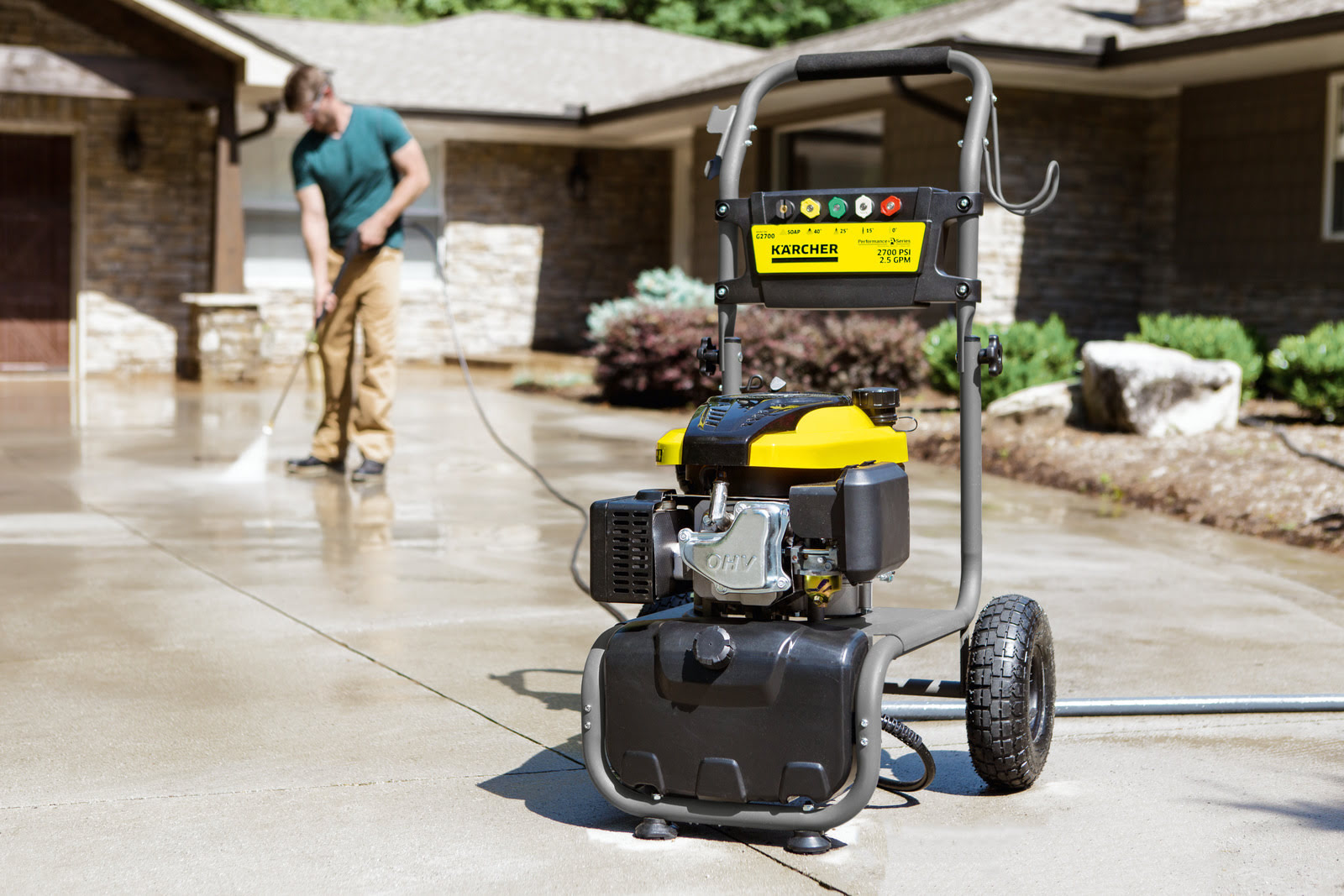
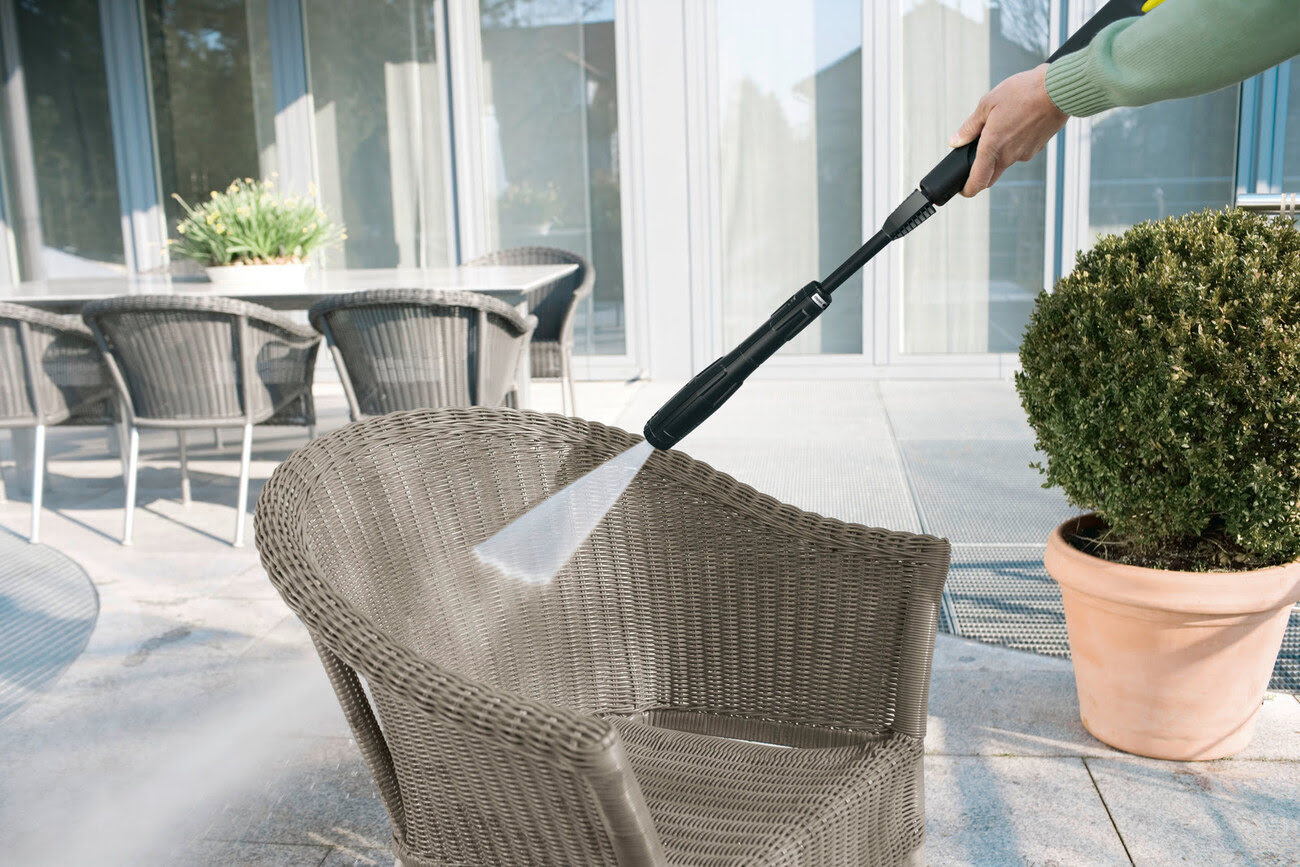
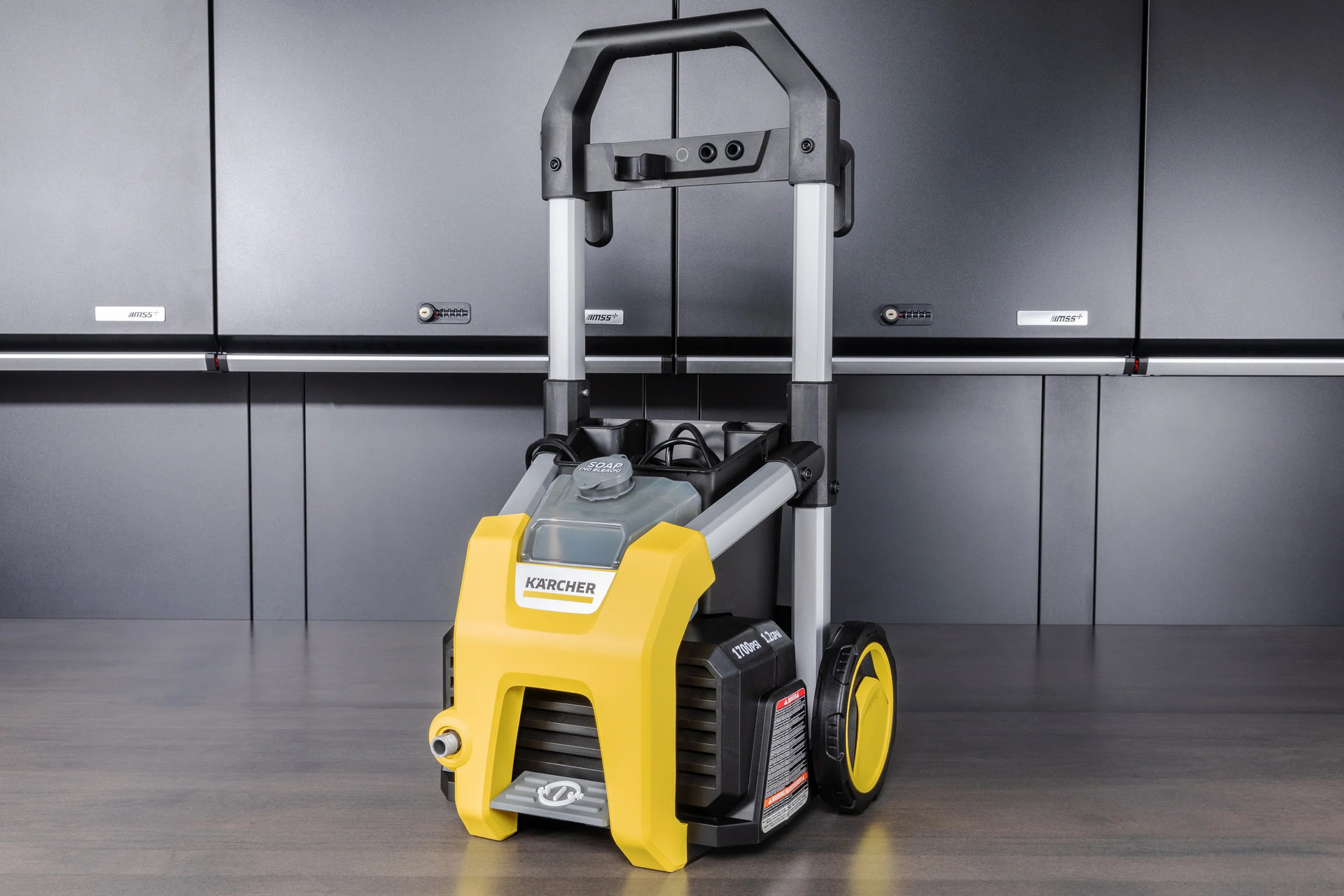
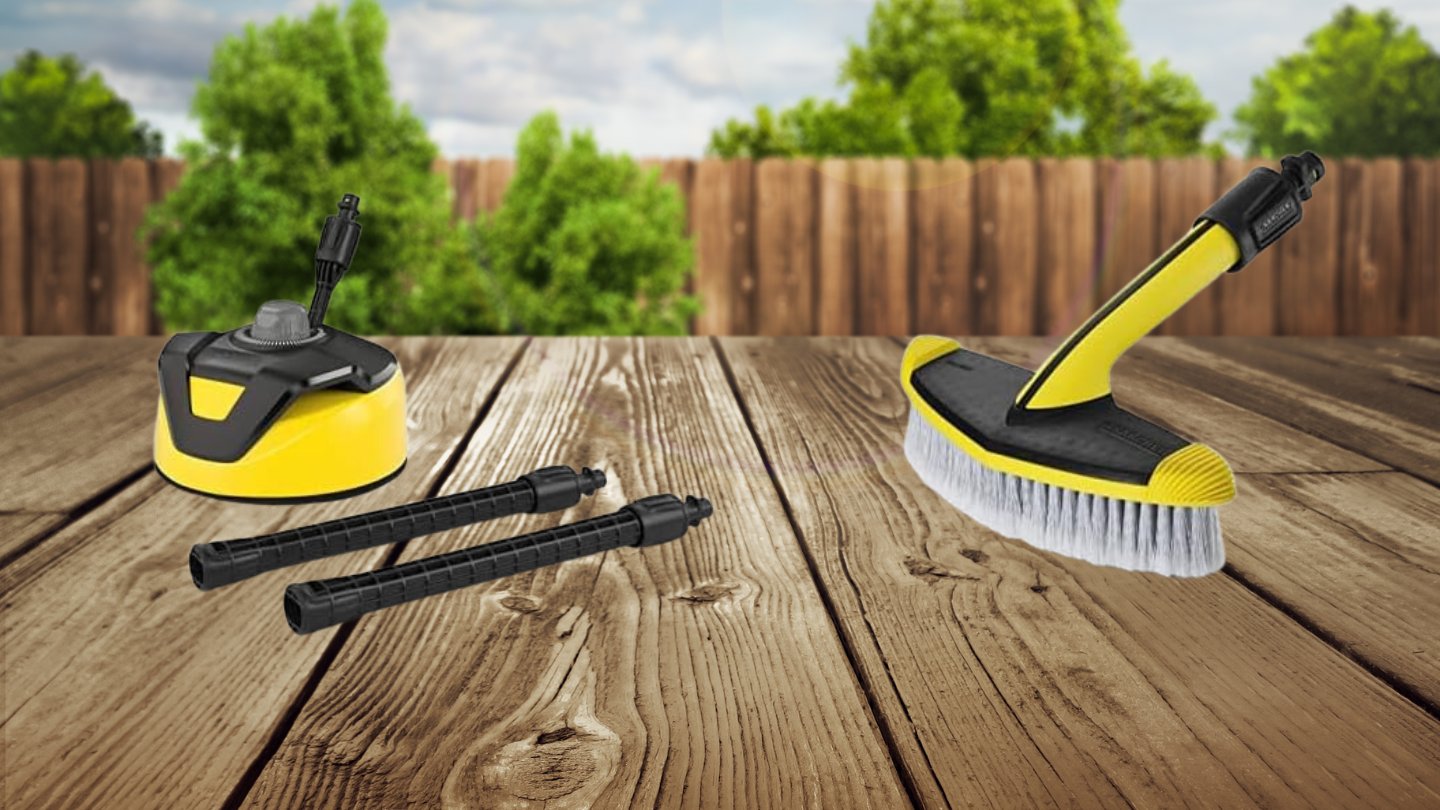
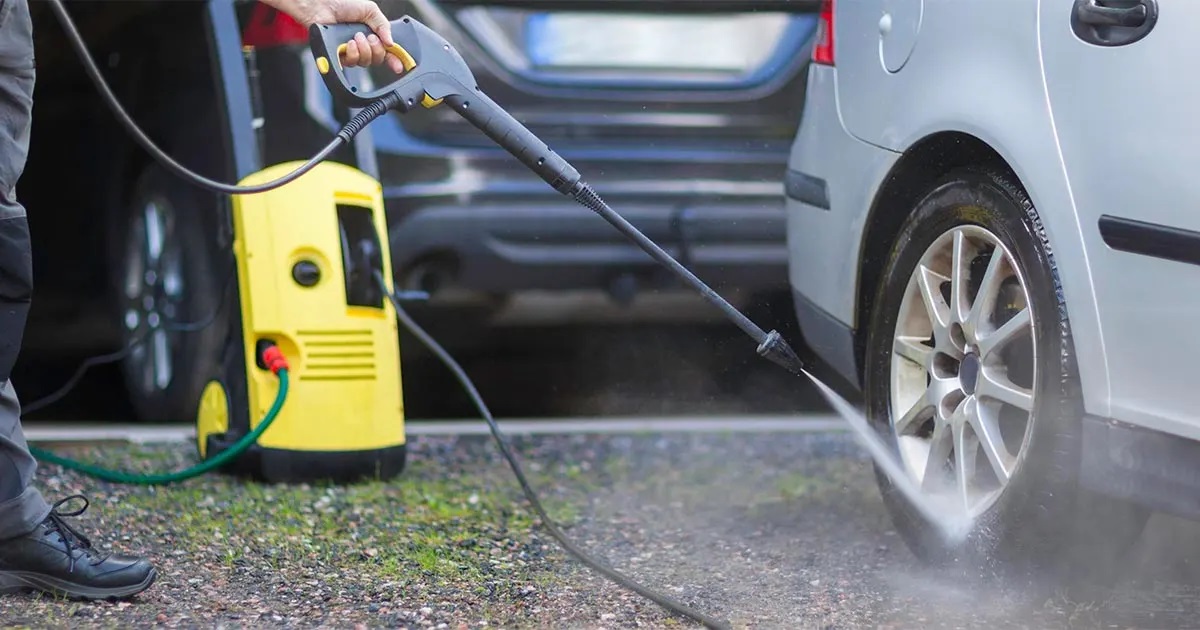
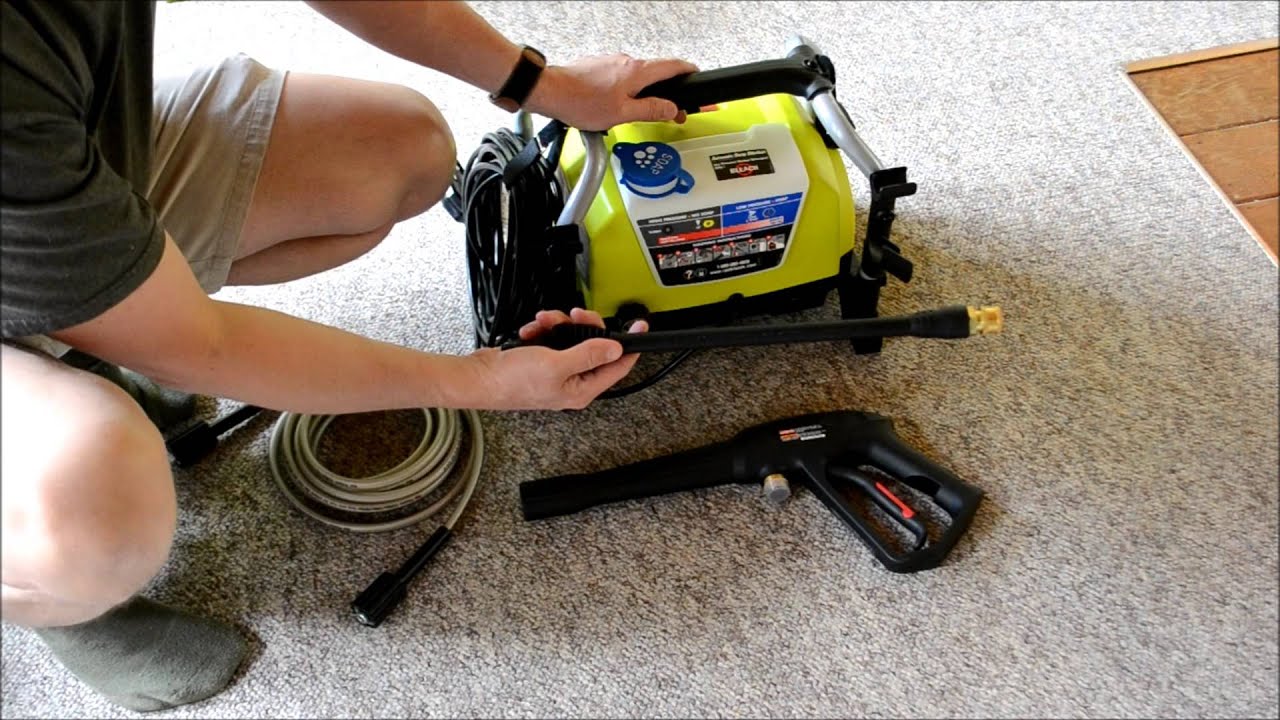
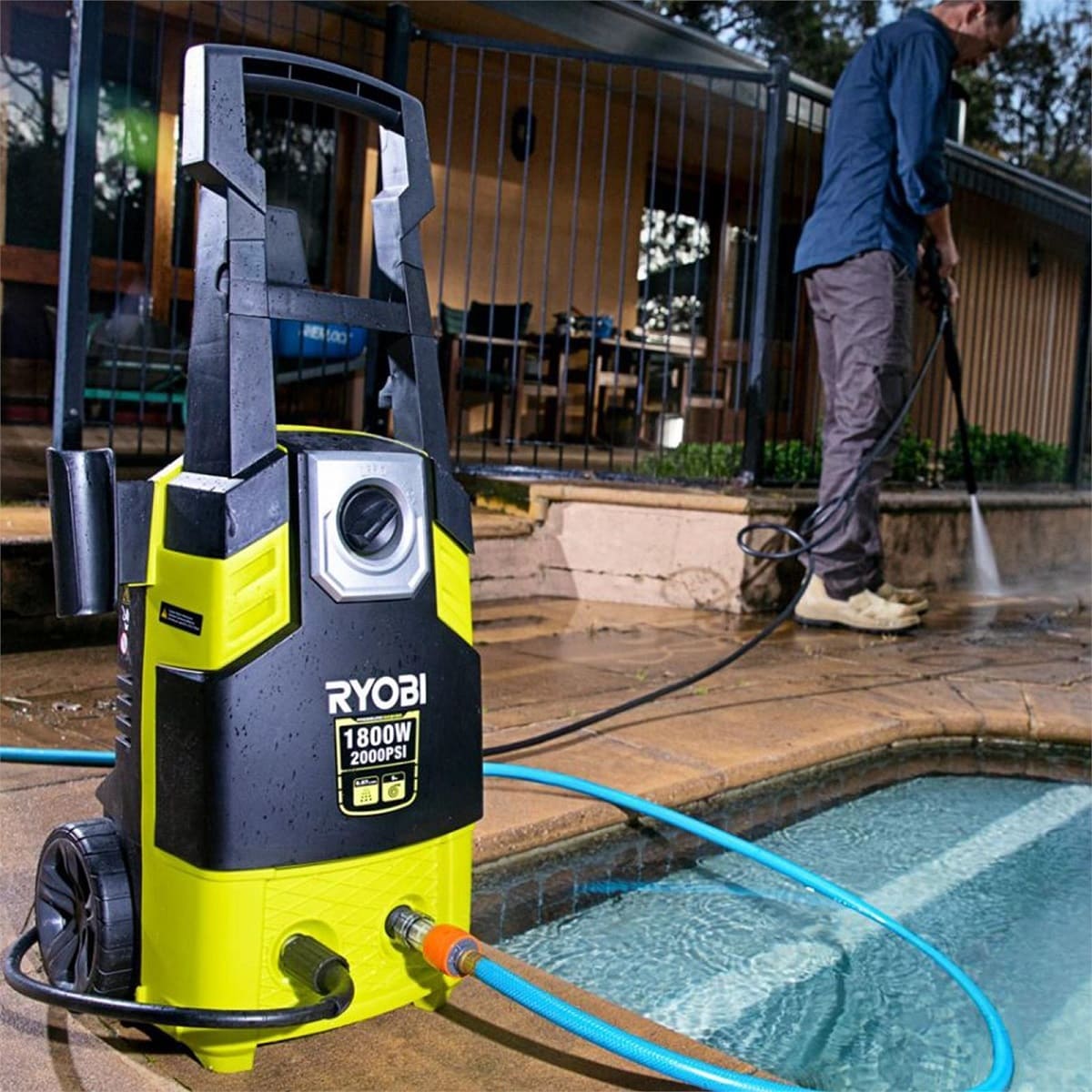
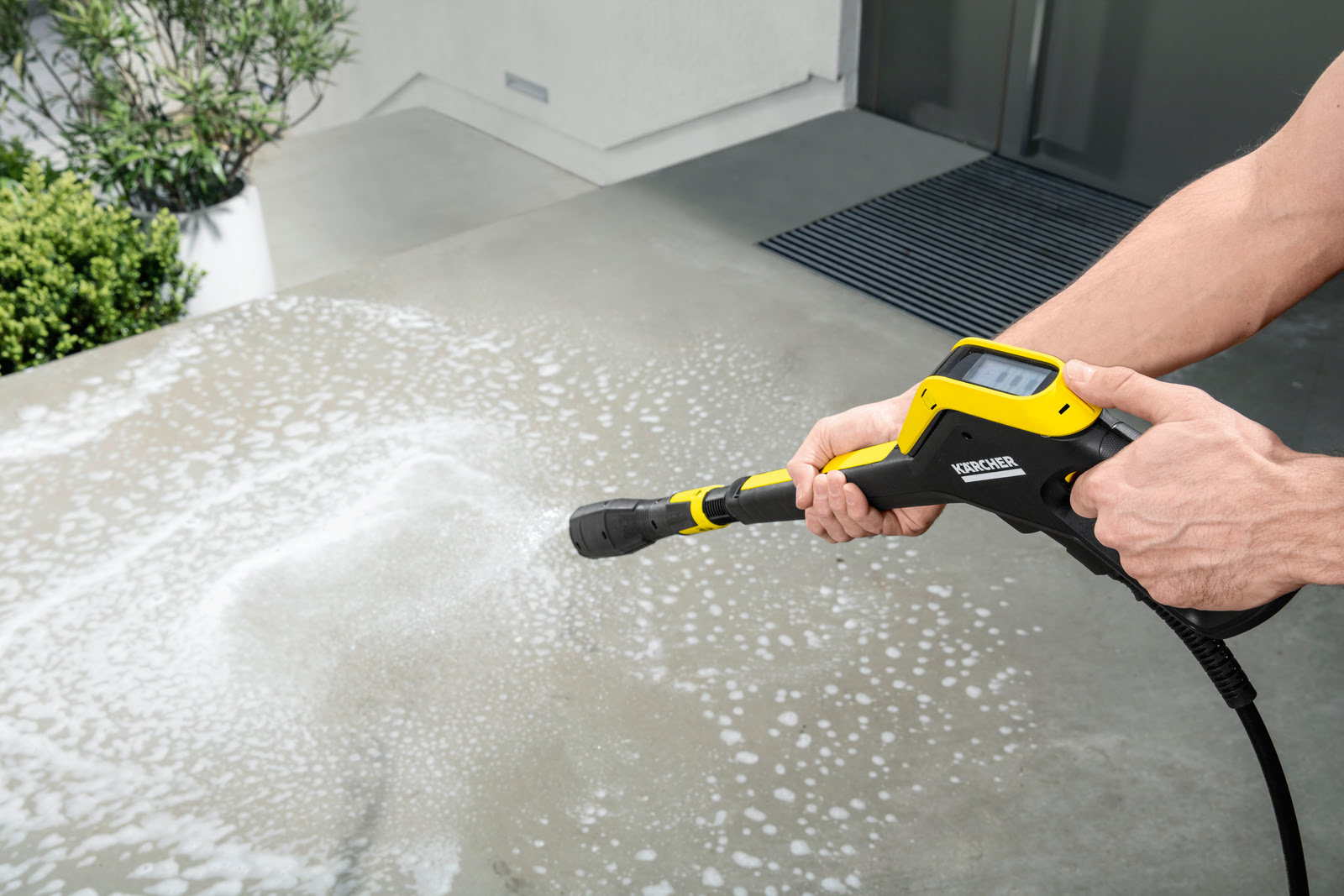
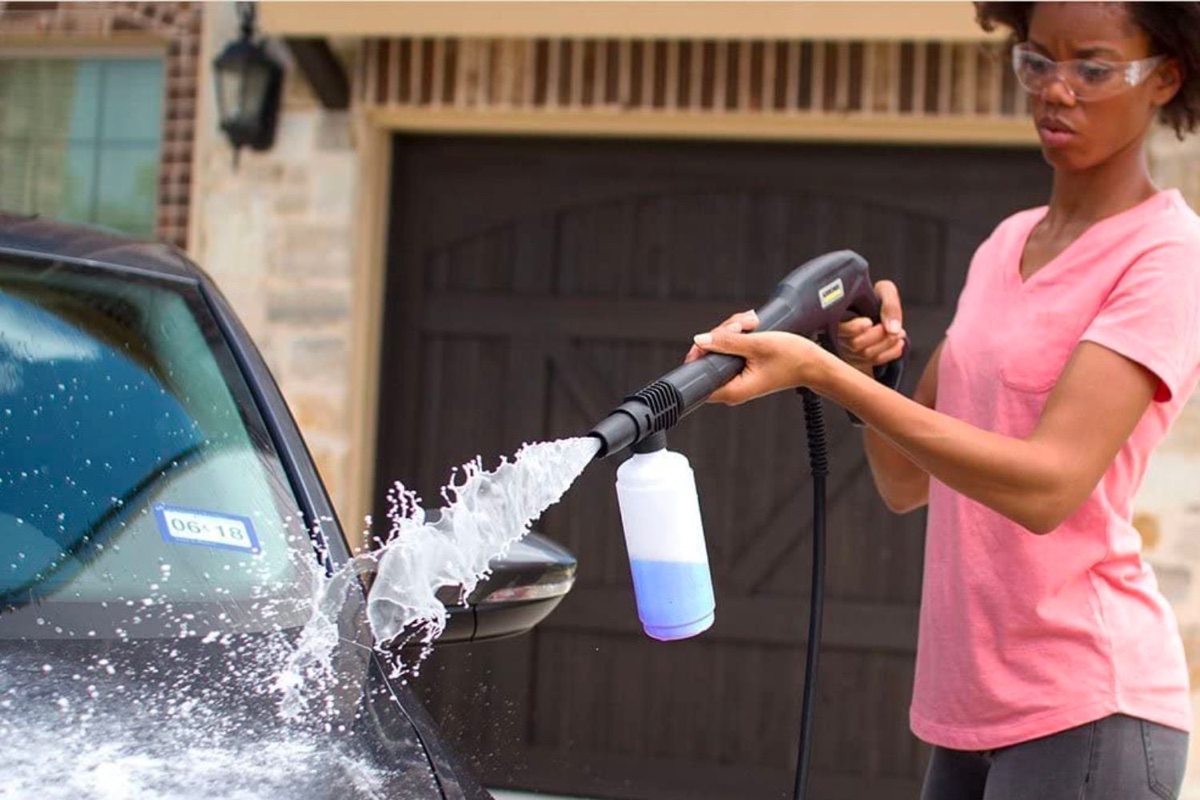
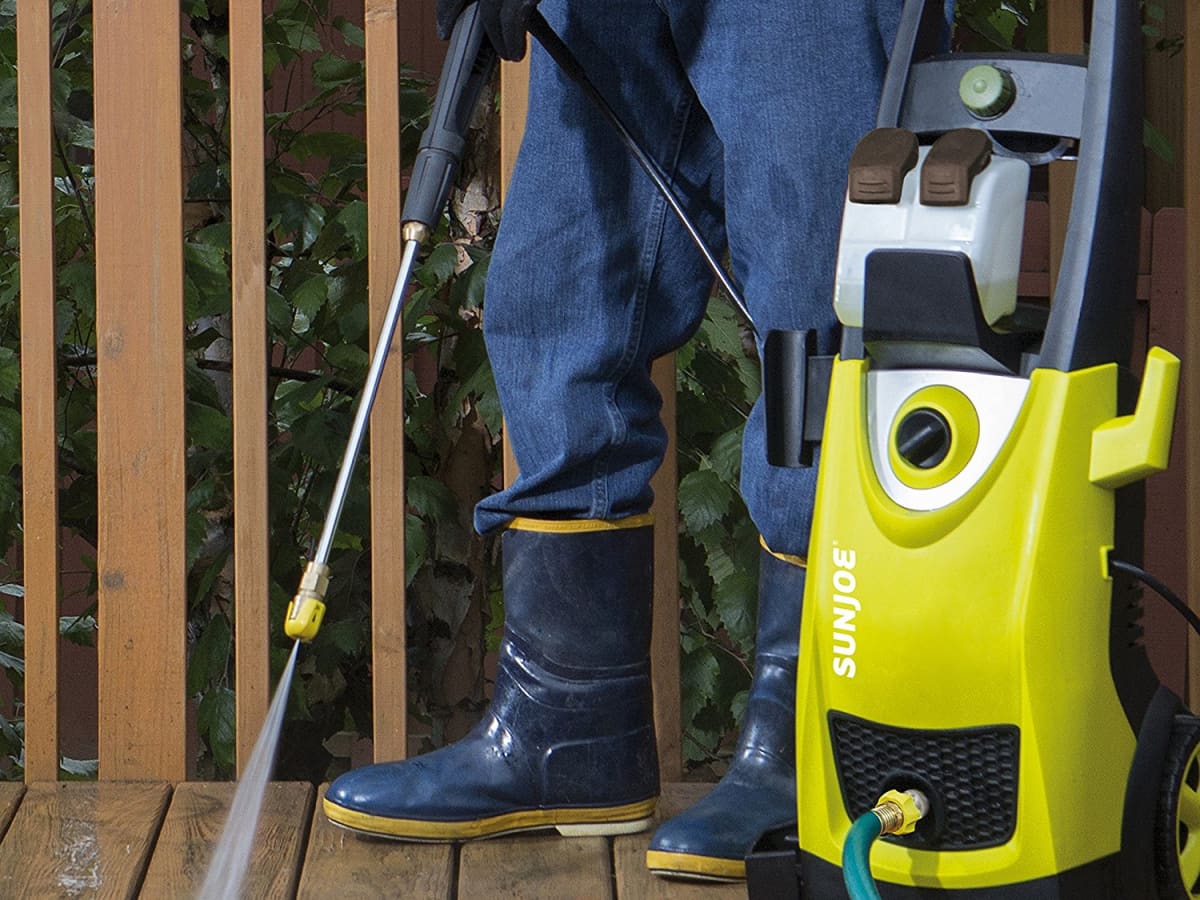
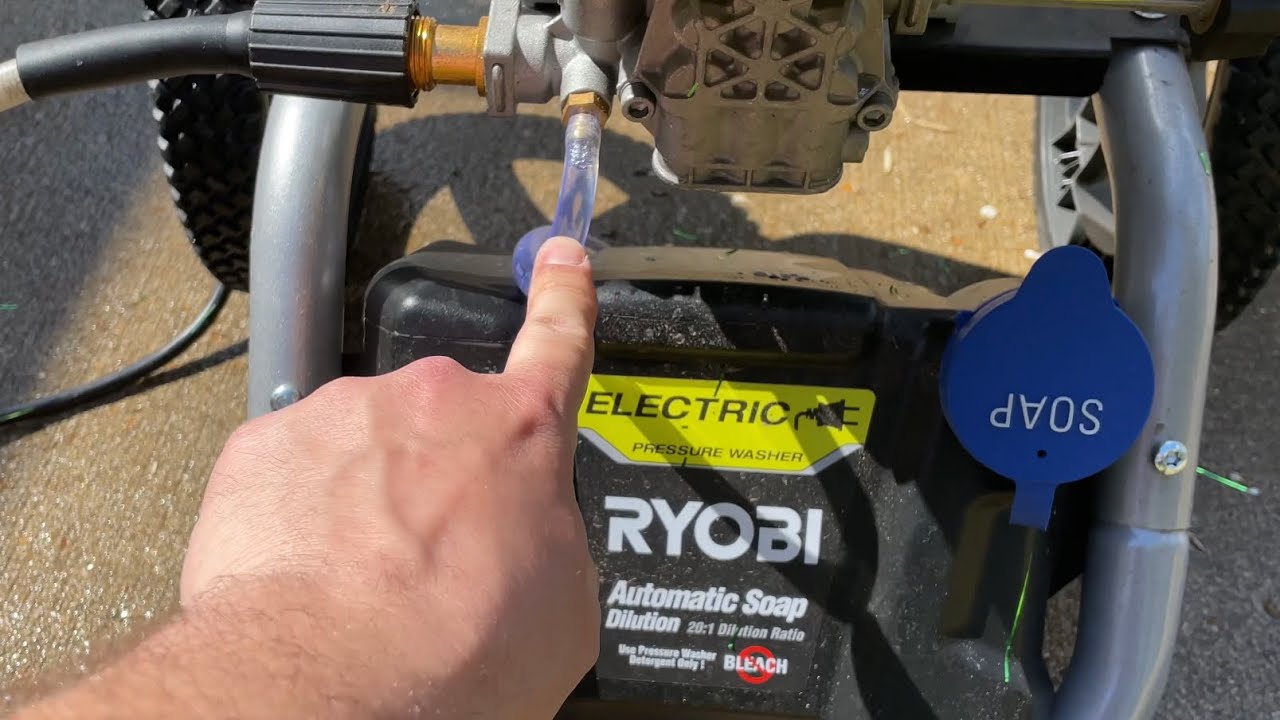
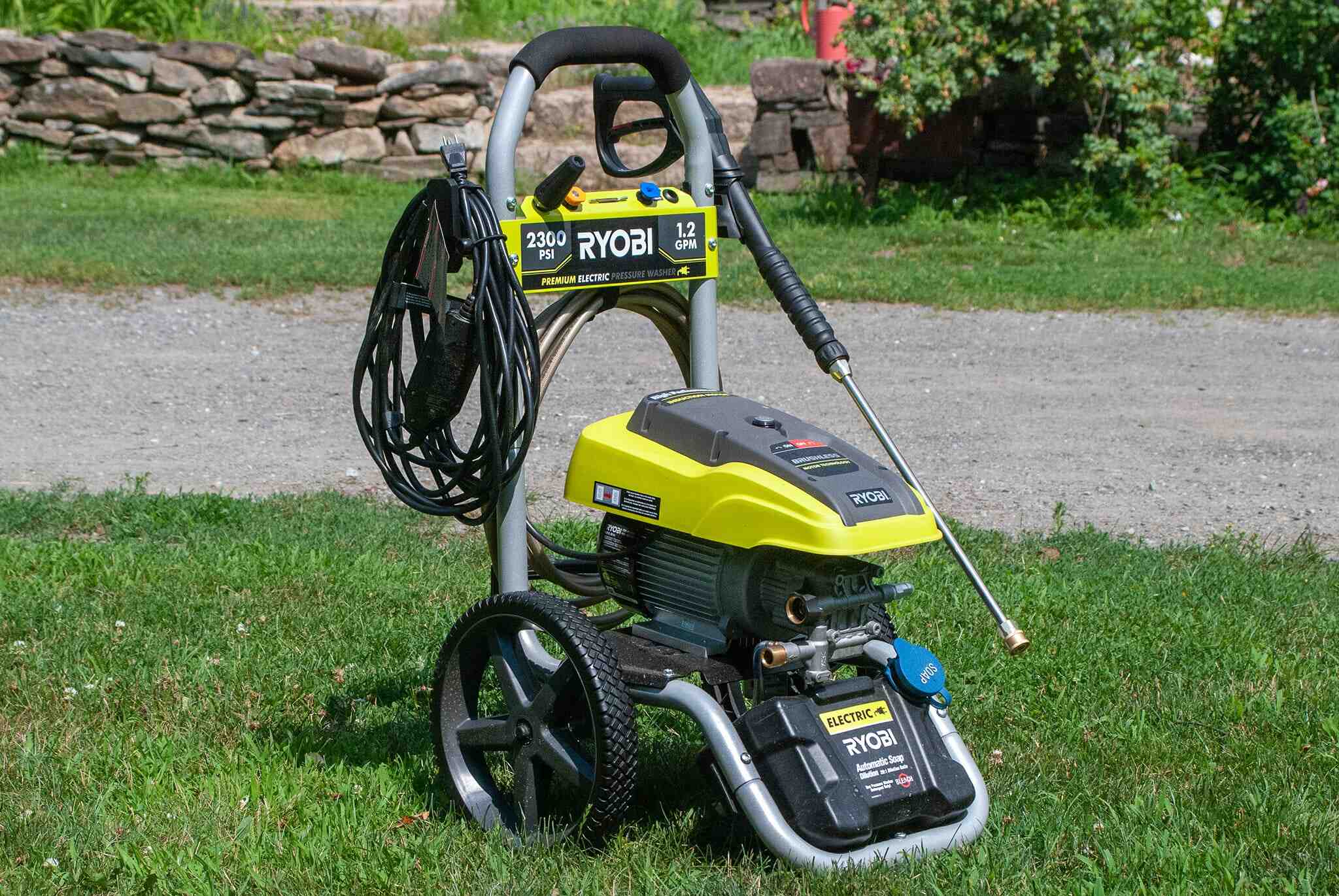
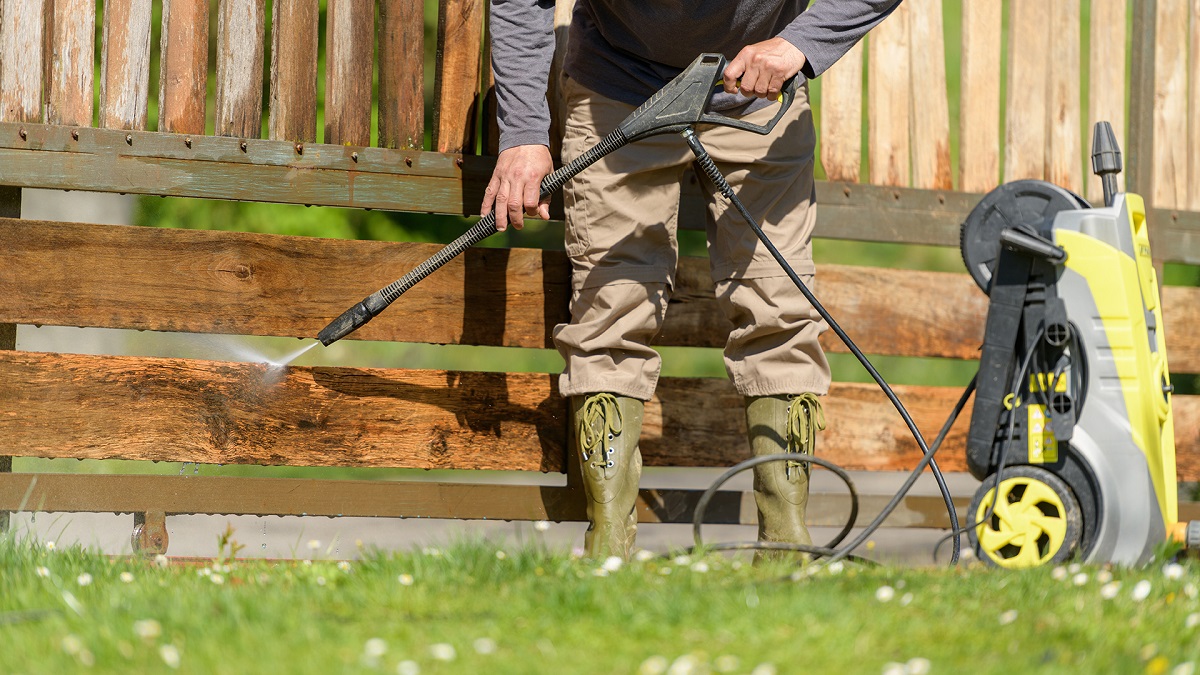

0 thoughts on “How To Use Karcher Pressure Washer”